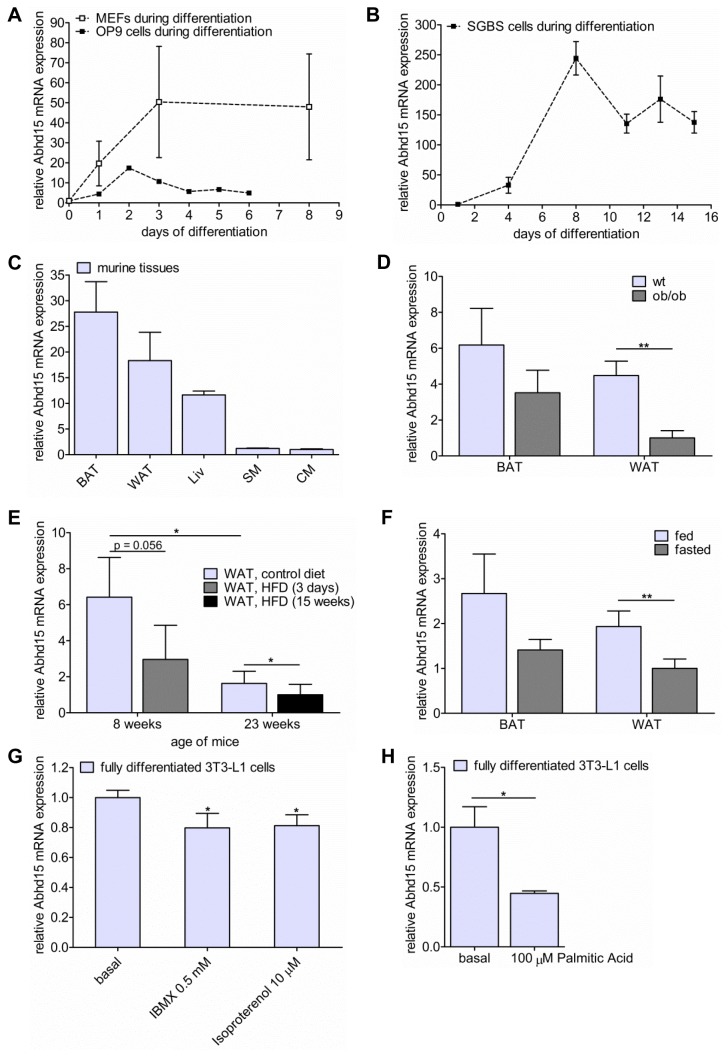Figure 2. Abhd15 expression is regulated during adipogenesis and decreased by elevated free fatty acid levels.
A-B. Abhd15 mRNA expression is increased during adipocyte differentiation of (A) OP 9 cells, mouse embryonic fibroblasts (MEFs), and (B) human Simpson-Golabi-Behmel syndrome (SGBS) cells. C. Abhd15 mRNA is highly expressed in brown and white adipose tissue (BAT and WAT), to a lower extent in liver (Liv), and hardly in skeletal (SM) and cardiac muscle (CM) of wild-type mice in the fed state. D. Abhd15 mRNA expression is decreased in WAT and BAT of genetically obese mice (ob/ob) compared to wild type (wt) mice. E. Mice fed a high fat diet (HFD, 60% calories in fat) show a decreased Abhd15 mRNA expression in WAT already after 3 days, but still after 15 weeks on this diet. Additionally, aging strongly decreases Abhd15 mRNA levels. F. Abhd15 mRNA expression is regulated depending on the nutritional status in mouse tissues. Upon fasting, the expression is decreased in both BAT and WAT. G. Simulated fasting of fully differentiated 3T3-L1 cells (day 7 of differentiation) with IBMX (0.5 mM) and isoproterenol (10 µM) for 2 hours resulted in reduced Abhd15 mRNA expression. H. Treatment of fully differentiated 3T3-L1 cells (day 7 of differentiation) with palmitic acid (100 µM) strongly reduces Abhd15 mRNA expression. Data is presented as mean ± SD from at least three independent experiments. Statistical significance was determined using the two-tailed Student’s t-test. *p<0.05, **p<0.01.

